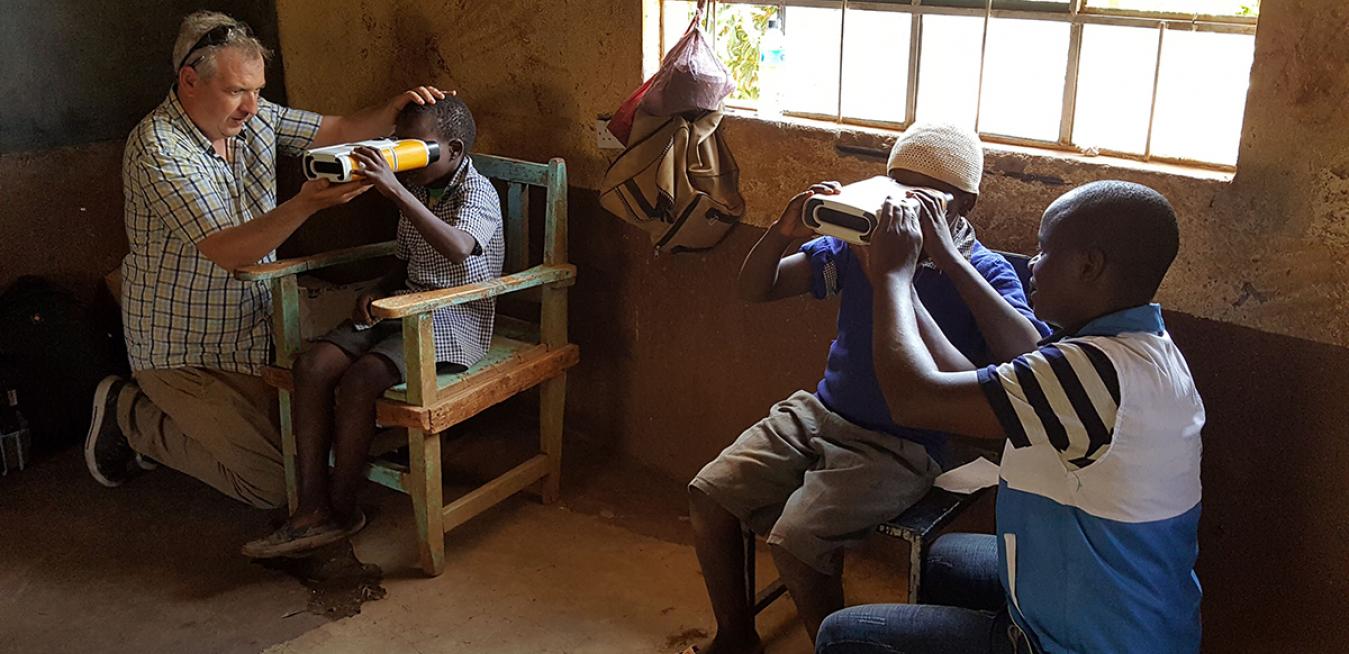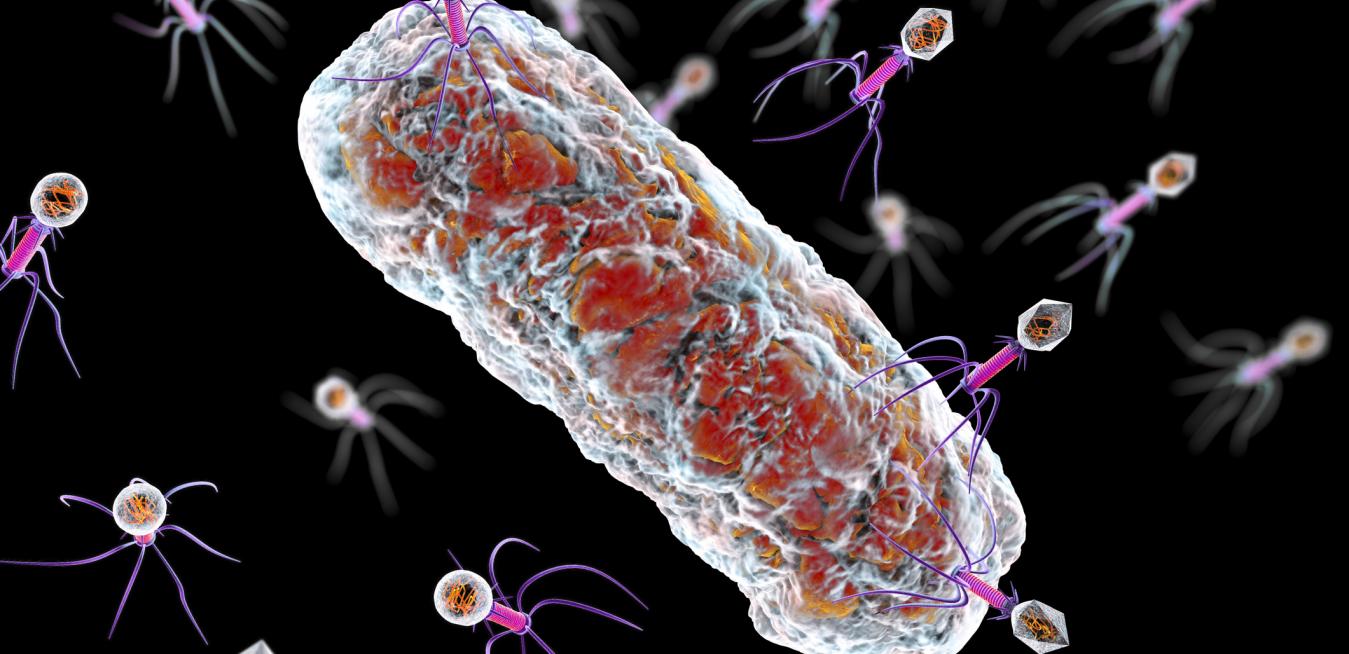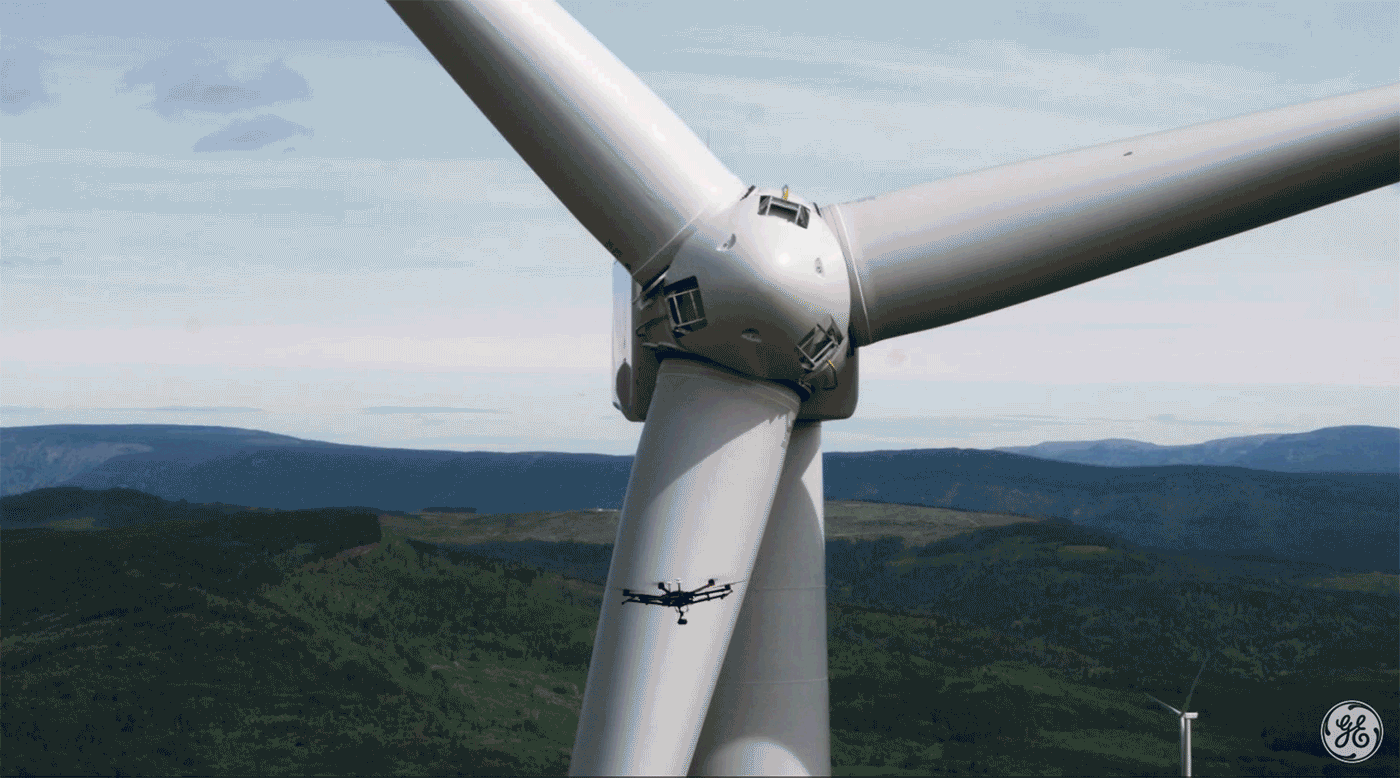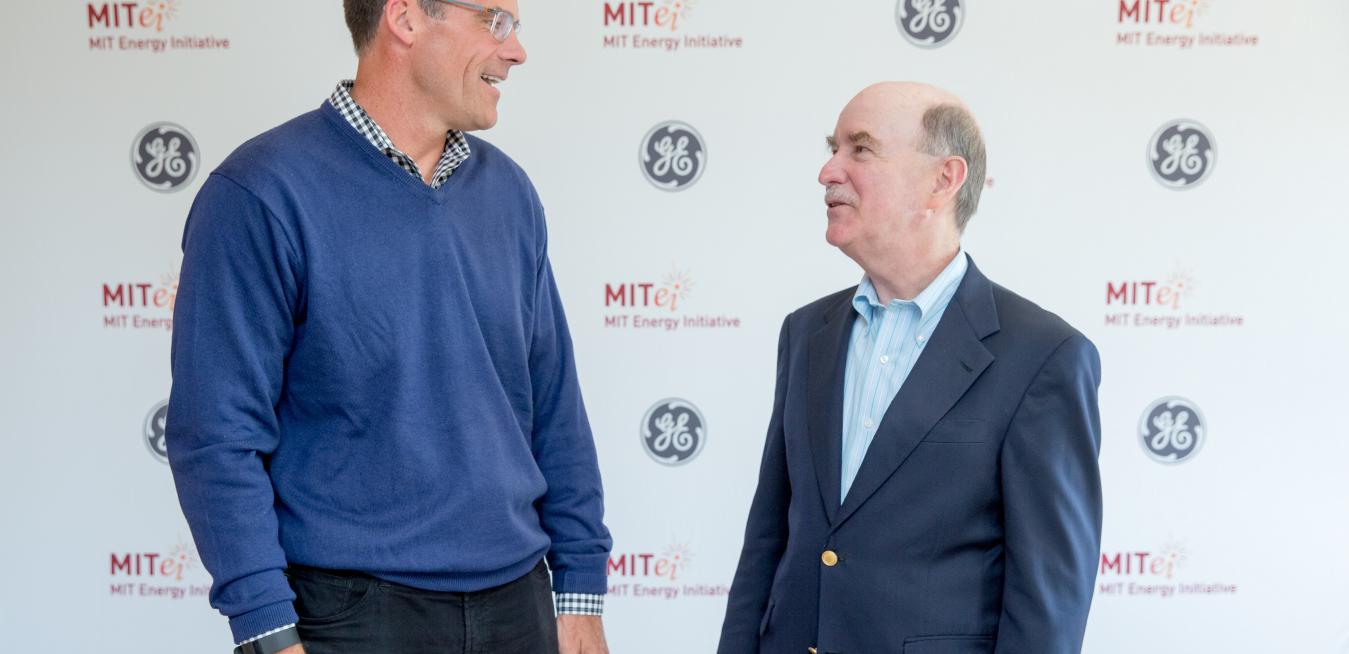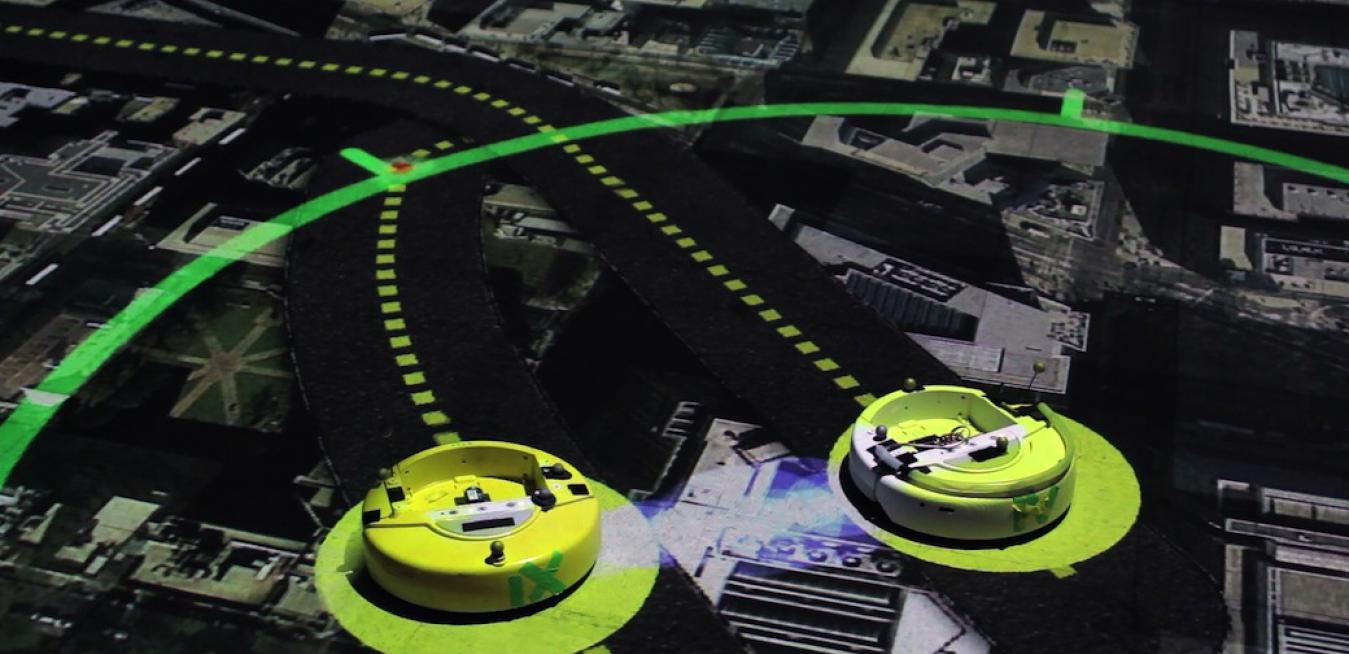Scientists created a gel that’s absolutely packed with bacteria-killing viruses, engineers designed a super sensitive microphone that can eavesdrop on the whispers of atoms, and researchers developed a test to quickly detect signs of sepsis in the bloodstream. This week’s coolest scientific discoveries are so small that you can’t see or hear them without special help — but their effects may be resounding.
Star Child
The endeavor to get unmanned aircraft to coexist safely in the sky with planes and other “manned” flying vehicles took a significant first step recently as a group of researchers, engineers and pilots gathered in upstate New York. For the first time they successfully tested drone flights integrating next-generation airborne collision avoidance system (ACAS X), which is being developed by the Federal Aviation Administration (FAA).
Take A Walk On The Wi-Fi
[embed width="800"]https://www.youtube.com/watch?v=qCYrz7f0un4[/embed]
Big Data holds the potential to revolutionize healthcare — improving care, reducing costs, even alerting us to the threat of epidemics before they occur.
What if we could predict disease? That long sought-after goal — and the major implications it would have for the quality and cost of healthcare — was the genesis of a recent study by MIT researchers.
A new spin on virtual reality helps engineers read robots’ minds.
In a darkened, hangar-like space inside MIT’s Building 41, a small, Roomba-like robot is trying to make up its mind.Standing in its path is an obstacle — a human pedestrian who’s pacing back and forth. To get to the other side of the room, the robot has to first determine where the pedestrian is, then choose the optimal route to avoid a close encounter.
